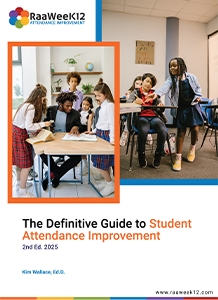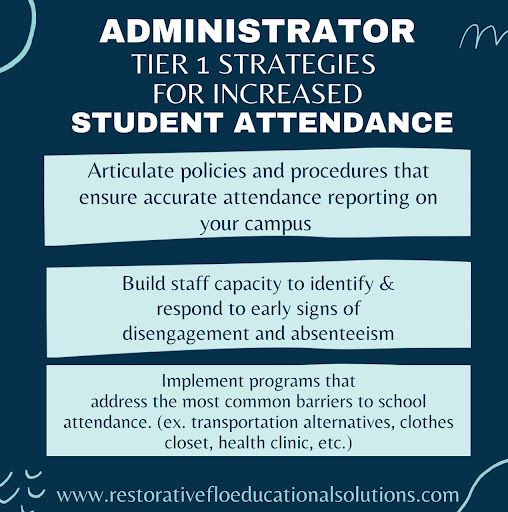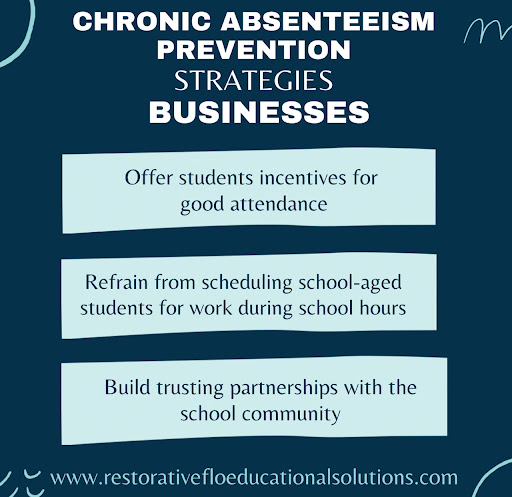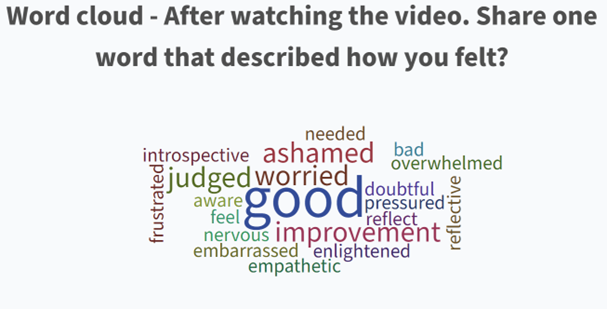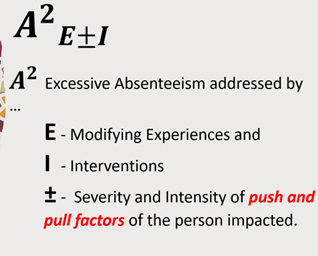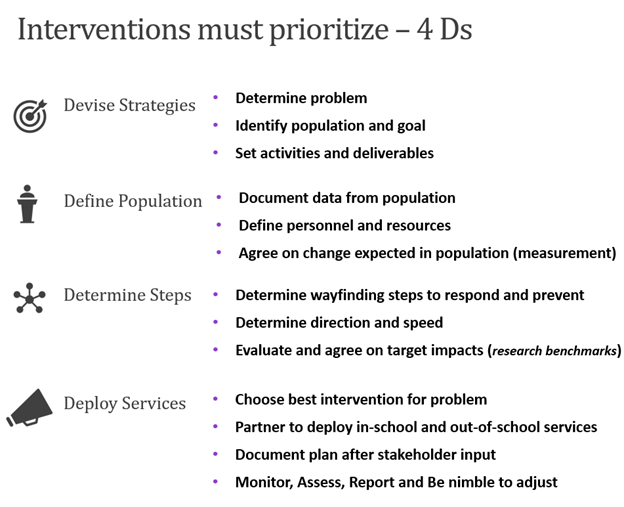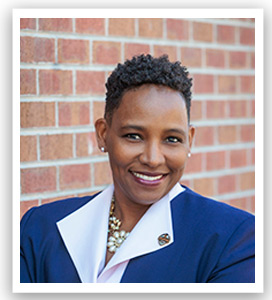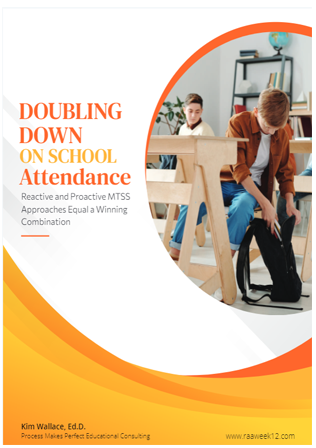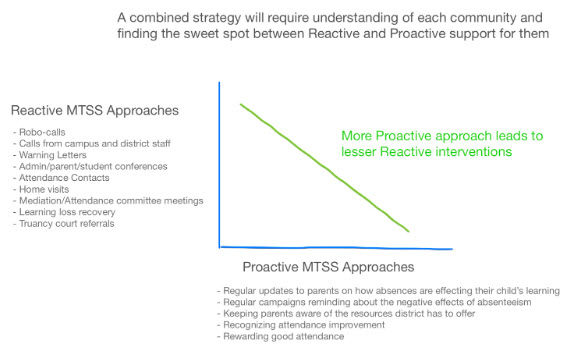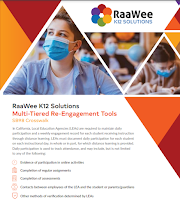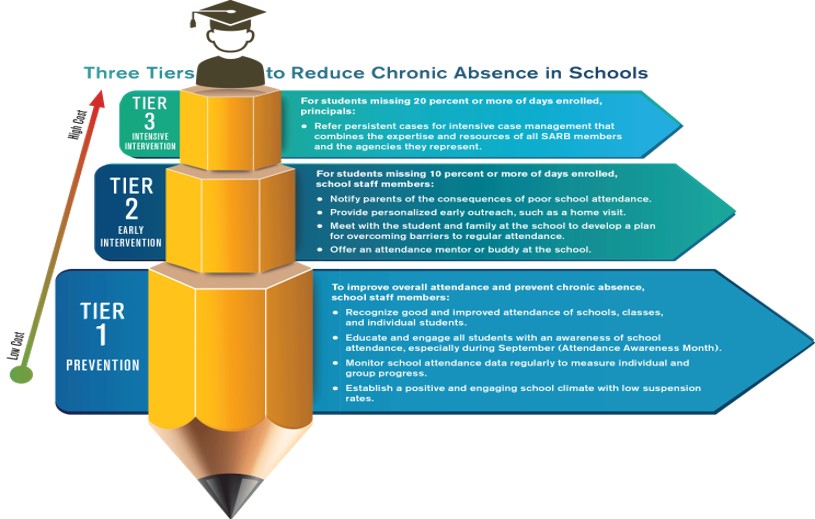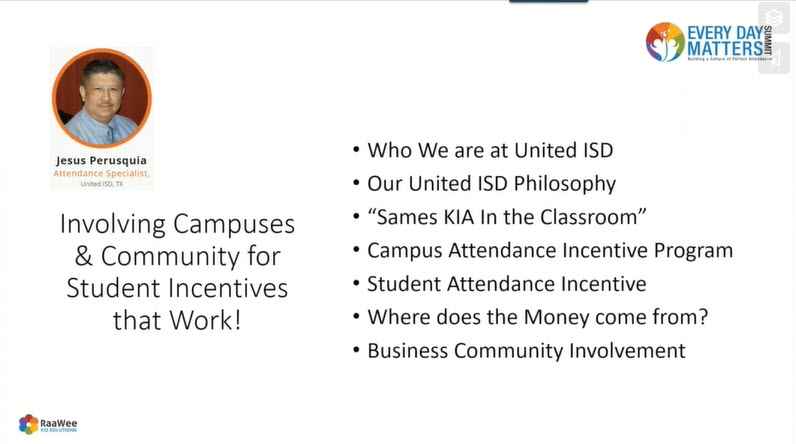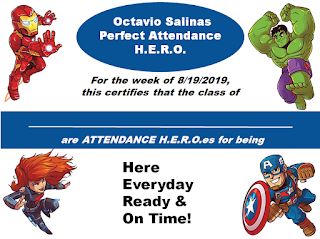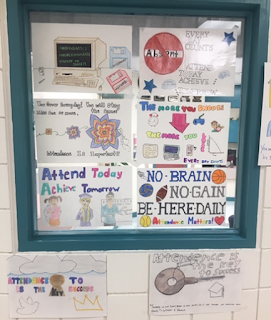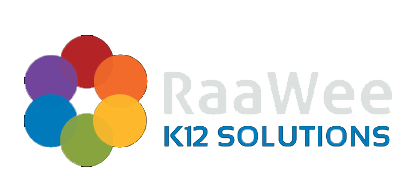Addressing the Chronic Absentee Recovery Issue
Madeline Jackson and Jennifer Peterson from Val Verde USD have implemented effective strategies to tackle chronic absenteeism through their structured approach, which includes SART (School Attendance Review Team) meetings and home visits. By leveraging the RaaWee K12 Attendance+ tools and mobile app, they have created a comprehensive system that addresses the unique challenges faced by students who struggle with attendance.
Their team conducts around 4,000 SART meetings annually, alongside approximately 150 home visits, placing a strong emphasis on early intervention and personalized support for each student identified as chronically absent. This proactive approach has led to impressive outcomes, with the program achieving a remarkable 96.7% attendance rate. Notably, significant improvements in attendance have been observed following home visits, showcasing the effectiveness of their tailored strategies.
Hosting SART Meetings
The SART meetings are carefully structured to involve both parents and attendance specialists initially at the primary level, gradually including students at the secondary level. These meetings serve as a crucial platform for discussing the detrimental impact of absences on academic performance and the overall well-being of students. When attendance does not improve after these interventions, cases are escalated to the School Attendance Review Board (SARB). This board comprises community partners, including a district attorney, social worker, district nurse, and other district representatives, ensuring a collaborative approach to addressing attendance issues.
Individualizing Home Visits
In addition to SART meetings, attendance specialists perform approximately 150 home visits each year. These visits are designed to provide personalized support, conduct wellness checks, and verify residency. By engaging with families in their home environments, the specialists can better understand the barriers to attendance and offer targeted assistance. The personal touch of these visits has proven to significantly improve attendance rates, reinforcing the district’s unwavering commitment to the success of its students.
Resulting Attendance Success
Before the COVID-19 pandemic, the program had successfully maintained a 96.7% attendance rate, indicative of the positive impact of their strategies. The team effectively utilizes the RaaWee K12 Attendance+ mobile app for streamlined tracking, efficient route planning, and thorough documentation, which enhances their outreach efforts and improves response times.
This comprehensive approach has been instrumental in re-engaging students and families, ensuring not only better attendance outcomes but also fostering a supportive community that values education and student success. By addressing chronic absenteeism head-on, Val Verde USD exemplifies a commitment to creating a nurturing learning environment for all its students.




